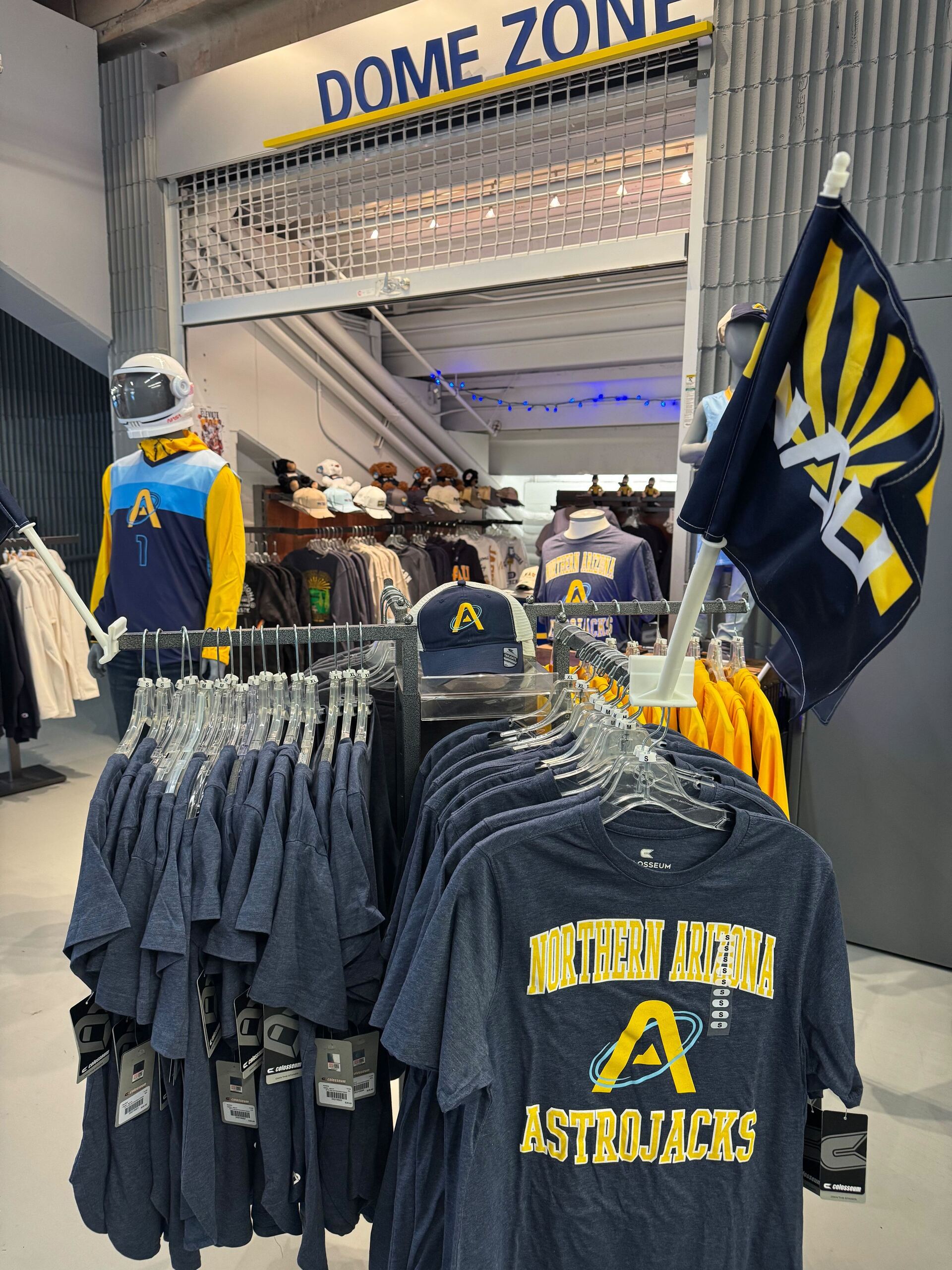Good morning, and thanks for spending part of your day with Extra Points.
Three quick housekeeping notes before we get to today's newsletter:
1) I am hitting the road again in the near future! I will be in Bozeman MT from November 17-20, Fairfield CT/NYC(?) from Dec 1-4, and Las Vegas NV Dec 6-8. If you're around during any of those locations/dates, drop me a line, I'd love to say hello! I'm also in the process of figuring out potential travel destinations for early 2023.
2) I am also in the process of finalizing some significant back-office tech updates here at Extra Points. This upgrades will include a way for me to give rewards to readers for referring new subscribers (free paid subs, bonus content, book previews, etc), better ad experiences, and improved email deliverability. There shouldn't be any disruptions while the new software is installed, but be sure to check your spam folders to make sure these newsletters are getting to the right place. Whitelisting our domain will certainly help!
3) Travel and technology upgrades make for a better newsletter, but they aren't free. Subscriptions account for the overwhelming majority of our revenue (and boy do we love them!), but we also sell ads and sponsorships. Occasionally, we will partner with an advertiser to create sponsored content. This email is one of those sponsorships. I only accept sponsored content partnerships from folks that I think my readers would be interested in hearing from. If you're interested in sponsoring an Extra Points newsletter, drop me a line at [email protected].
And with that....
I've been a skeptic of most Web3 and NFT projects for a while.
Sure, I'm very much a non-programmer and not an especially tech-oriented person, but the practical use cases for a lot of the technology seemed spurious to me. I'm by nature cautious about just about anything new that arrives with a mountain of marketing hype, and appears that I'm not alone. According to Bloomberg, NFT trading volume has absolutely cratered. The Crypto market as a whole has tightened significantly over the last several months, thanks to tightening monetary supply, the collapse of a few high-profile projects, and a variety of other factors outside the scope of a humble college sports newsletter.
Anybody trying to use NFTs as vehicle to get rich quick in 2022 and beyond is almost certainly going to fail. But even as trading volume has failed, the sports sector, including college athletics, continues to at least dabble in NFTs...which raises the question. In 2022, how do you make an NFT related project not actually suck?
I have no idea. So I reached out to Steve Madincea, Managing Partner of Fantastec.io, someone that has been a pioneer in the sector since 2019 And for what it's worth, he understood my skepticism.
"I think that a lot of people made the misconception when they saw the unrivaled success of NBA Topshop out there, as an easy way to get in and make some money quickly. But the reality is, you need to take a different approach."
I think most of us can probably imagine what a less-effective NFT project looks like, where some rando on Twitter is trying to hawk a pixelated monkey smoking a cigarette as a value-storing asset. But what does an effective one look like, especially in college sports?
Madincea told me that some of the best ones are programs that look beyond just the NFTs, but ones that view NFTs are part of a larger fan engagement program, one where the NFTs have utility beyond just as collectibles.
"At the last Champions League final, we had 250 fans in London, in a special bar dressed up for the Madridistas, the Real Madrid fans, and they were actually provided instant utility, it's the first time this was ever tried, where they were swapping NFT's back and forth, and they were also buying things and making collections for unique prizes...and we also had something where they could take it right up to the bar and get drinks immediately for or get food for it."
Schools that are more comfortable with more direct relationships with Daily Fantasy Sports or gambling could also look at NFT projects that might offer utility in the earning/gambling direction, although it certainly isn't the only possibility, and isn't for everybody.
Some of the best projects, he told me, are about combining digital experiences with real life experiences. "Nearly 100% of the audience we're all after right now are living on their phones," where a lot of NFT trading experiences might happen. But those can be combined with say, using NFTs to meet or engage with particular athletes, have special fan clubs or seating, etc.
Of course, the idea of setting aside special discounts, experiences, seating etc. for people who purchase X isn't new. I asked Madincea why an administrator would want to use NFTs to run that sort of program instead of a more traditional loyalty or rewards program that had nothing to do with Web3. Isn't this whole thing still kinda...risky?
"There's no question that the sector in general is having troubled times right now," he told me, "but that isn't necessarily a bad thing. The people that maybe just had a PowerPoint, or just had, you know, a thought or concept, and were getting to a lot of these administrators, and selling them a bill of goods, they're kind of fallen by the wayside. The people with a real product, with a real understanding of the business and the challenges, they're going to survive and thrive."

Because of the that, for some schools and some projects, it might actually make more sense to use a non-NFT system. To Madincea, it really depends on the broader goals an athletic department has in mind, beyond just raising a new more bucks in revenue.
"For our business, we're also looking for quality university partners, and want to make sure that their objectives become our objectives. We want to know what they're trying to achieve... maybe cultivate a new younger audience, maybe bring fans into a big stadium earlier because of traffic issues or whatever."
He also mentioned a recent experience he had with some of the ambassadors for his company, talking to fans at Michigan State's homecoming.
"This is just a quick example. The whole Michigan State Homecoming exercise provided a number of things first. The first 100 fans that we walked up to, if we said hey, can we talk to you about Michigan State's NFT collection? 50% said Yes. 50% said No !@&!@! way....if we walked up to them and said, Hey, can we talk to you about Michigan State's digital collectibles? 75% said yes. And 25% politely said, no, sorry....and if we showed them the product, 100% came in and wanted to see more and importantly wanted to understand more. That was very exciting that they all loved our product and what it was doing for student-athletes"
In Madincea's eyes, the best examples of successful NFTs are ones that are working to solve specific pain points and tie into something larger than just digital collectibles. That might be the fan's desire to support and engage directly with a college athlete. It might be a collector's desire to buy authenticated autographs. It might be an administrator's desire to improve engagement with younger fans. It might even be something else that nobody has thought of yet.
It's new technology, and Madincea acknowledges that even now, there isn't an exact playbook. But hey, sports fans like collecting things and engaging deeper with the sports they love. And if athletes and schools work together with trustworthy companies, aligned on exactly what they want to accomplish, there very well might be something there.
If readers are interested in additional NFT information or opportunities, they're welcome to download the SWAP app. Readers who use promocode EXTRAPOINTS after download will get free additional NFTs to discover and enjoy.


















